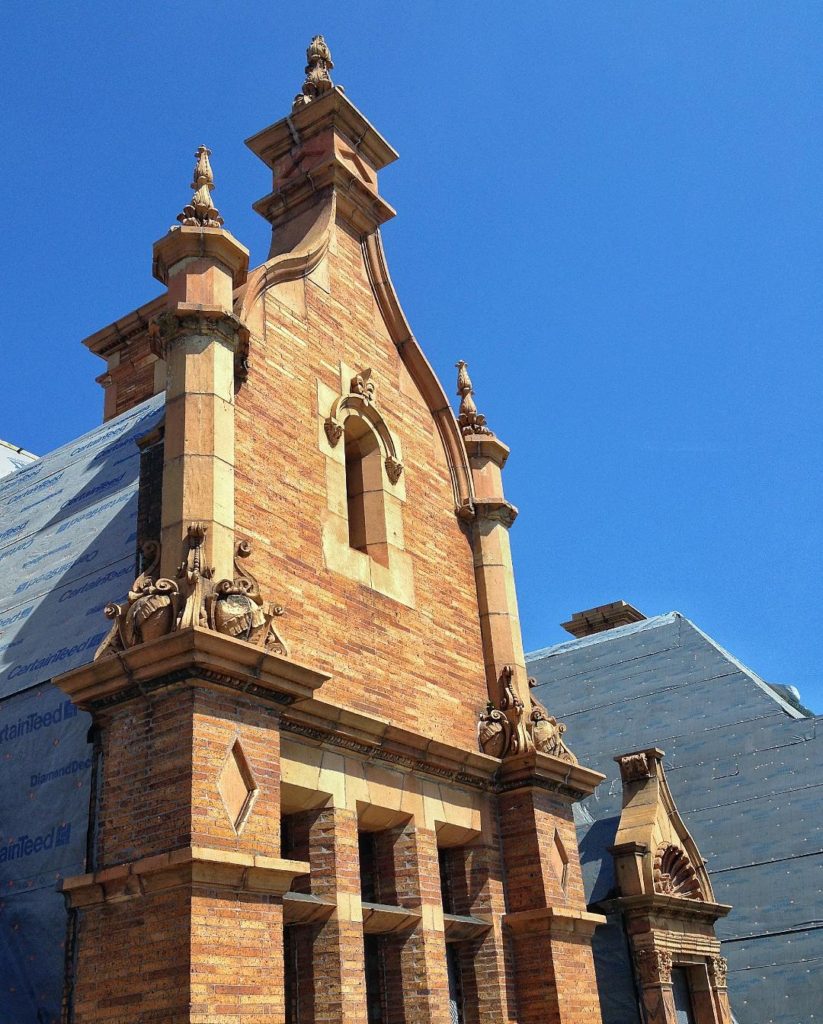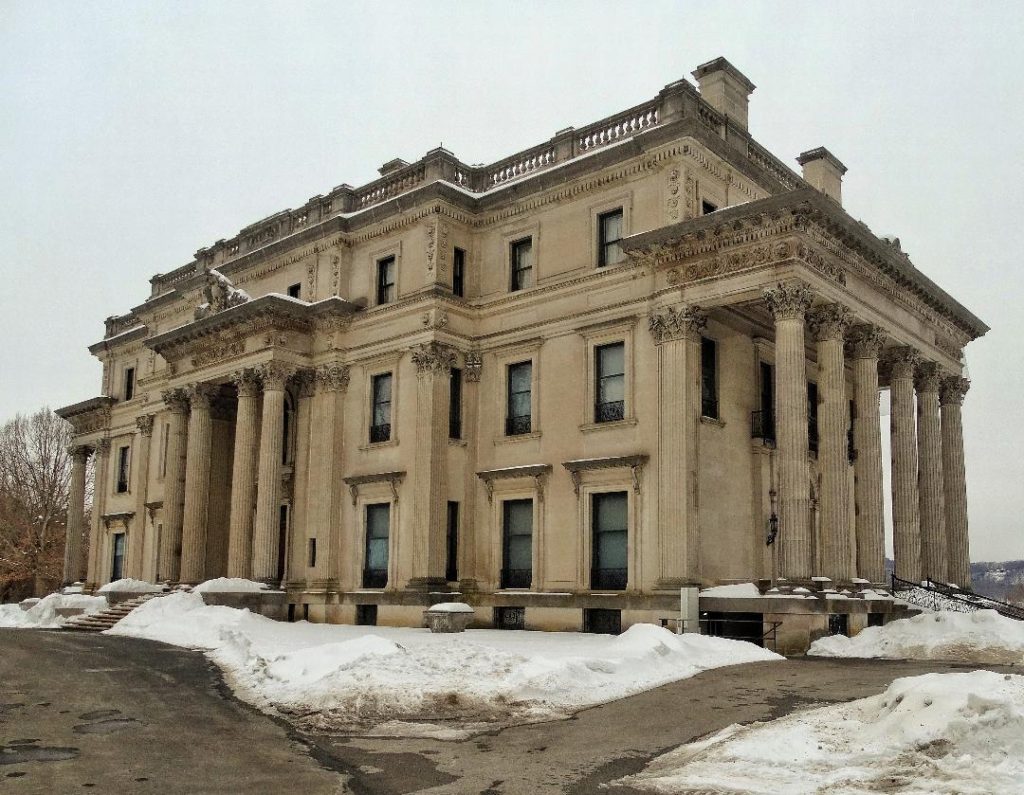Historic
“Historic” generally refers to buildings 50 years of age or greater with architectural or cultural significance. Historic masonry buildings have common issues that architects, engineers, conservators, contractors, and owners are often challenged with evaluating and addressing. For this older building stock to continue being relevant in the modern era, modifications and upgrades are needed. This may change how the historic masonry enclosure functions. Thoughtfully and appropriately designed restoration projects can preserve the integrity of the masonry building and continue its life for future decades. With greater knowledge of historic masonry material properties, wall systems, condition assessments, and best practices for repair and restoration, design and construction professionals can successfully develop and implement appropriate solutions for their culturally significant projects.

Historic masonry materials primarily refer to brick, terra cotta, stone, concrete block, cast stone, and secondarily, mortar. In a typical masonry wall assembly, mortar might comprise 20 to 25 percent of the masonry wall system. Masonry materials are good in compression, and generally poor in tension unless reinforced. Their strength and porosity vary for each type of material as well as within each type. It is important to understandthe common characteristics specific to eachmasonry material such as strength, porosity/ density, water absorption, composition, type and gradation of aggregates, and cementitious material used, when developing treatments.

Historic masonry buildings are durable and longstanding; restoring, repairing, rehabilitating, and maintaining these facades is important to preserving our communities’ and our nation’s historic fabric. Projects should include a holistic document review and condition assessment to understand the type of masonry wall system, the masonry and mortar materials, and the conditions of the facade elements and materials. Often, there are unknown factors in a restoration project, however, by entering a project with as much information as possible, a restoration plan with treatment options can be strategically developed. After safety concerns are remediated, the highest priority should be protecting the horizontal facing surfaces. Other system repairs should then be addressed with the steel, anchorage, and water management. Masonry repair materials should be compatible with the existing masonry materials in properties and composition. The final step is making sure qualified restoration masons are part of the successful project team and implementing the well-developed restoration plan.
